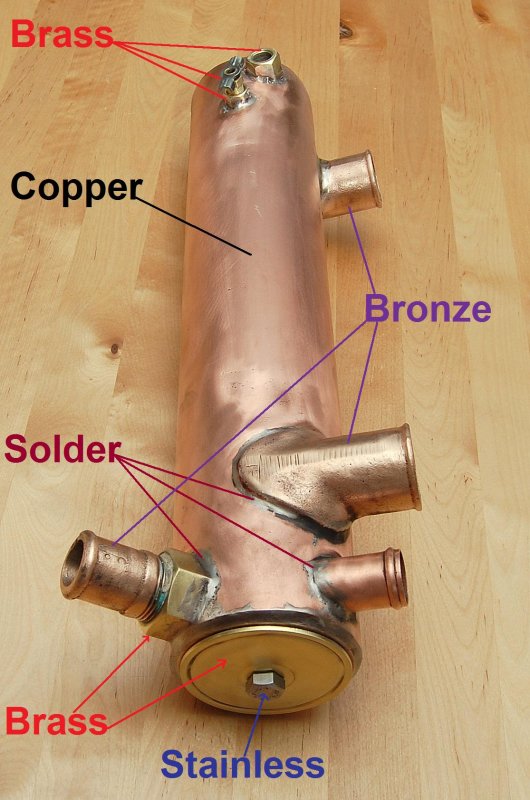Hi RC,
Interesting dilemma - to prevent wear on the Hx, many recommend putting thin rubber (bicycle tube) between the Hx and mount/clamps. But Seakamp warned - then it's not bonded to the engine.
What's your take/recommendations, and it's not bonded will the anode protect the Hx?
Ken K
Interesting dilemma - to prevent wear on the Hx, many recommend putting thin rubber (bicycle tube) between the Hx and mount/clamps. But Seakamp warned - then it's not bonded to the engine.
What's your take/recommendations, and it's not bonded will the anode protect the Hx?
Ken K

